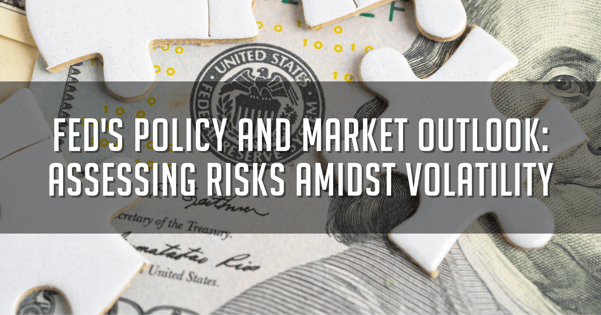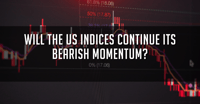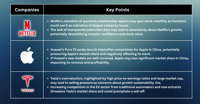The recent surge in stock prices has captured attention, driven by several factors, including the easing of regional banks' crisis, expectations of the Federal Reserve pausing its rate hike, a robust economy, and the frenzy surrounding AI. However, questions arise regarding the sustainability of these gains.
While these factors have contributed to the recent rise, concerns persist about the sustainability of broad gains. The absence of banking crisis escalation does not guarantee the same for credit deterioration. The impact of the Federal Reserve's 500 bps hike may experience a lag in policy effect on the economy. Additionally, the ISM manufacturing PMI new orders have declined to levels not seen since the early stages of the Covid era, and second-quarter earnings are projected to decrease for a third consecutive quarter.
Bond indicators suggest that the sharp rise in bond yields may indicate tightening liquidity in the financial market, serving as a cautionary signal for stock traders. Prudence and vigilance are crucial while navigating the volatile stock market during these uncertain times.
Turning to the Federal Reserve's role, the expectation of a rate hike pause has contributed to the upward momentum of stock prices. While this may have bolstered investor confidence in the short term, the full impact of the Federal Reserve's 500 bps hike on the economy remains uncertain.
Some Fed officials have indicated an unlikely rate hike in the June meeting, suggesting a potential pause. The upcoming CPI report holds a degree of uncertainty for the Fed's decision, but expectations are not for significant "upside surprises" this time. With a decrease in energy prices and a seasonally-adjusted drop in gasoline, the likelihood of a softer CPI is higher, further supporting the possibility of a rate hike pause this week.
However, it is crucial to note that inflation still exceeds the 2% target, implying a potential "hawkish pause" this week, with the rate decision left open for the July meeting. Fed officials are likely to be cautious about preventing excessive loosening of financial conditions, as some outcomes could hinder the desired slowdown of inflation towards the 2% level. The Fed might adjust its rate projections from previous estimates of 5.1% in 2023 and 4.3% in 2024, signalling that the hiking cycle is not yet over and the rate cut timing will be delayed.
Federal Reserve Chairman Jerome Powell may opt for a hawkish bias during the press conference. It is worth recalling that the debt ceiling deal had been unconfirmed during the FOMC May meeting, which may have influenced Powell's cautious approach.
Following the Fed meeting, the reaction of bond yields is anticipated to align with movements in the stock market once again. A spike in the 2-year yield could potentially trigger a sell-off in stocks and vice versa.
The AI frenzy has also played a significant role in the recent surge in stock prices. The value of AI stocks has soared, attracting investors keen to capitalise on this sector. However, uncertainties remain about the extent to which the AI stock bubble will deflate, adding an element of risk to investing in this market.
While the recent stock gains may appear substantial, investors should exercise caution as resistance is expected on the horizon. Conducting thorough analysis and monitoring market trends is imperative for making well-informed investment decisions amidst the current market conditions.
Remaining vigilant and cautious while navigating the stock market during these volatile times is essential, particularly considering the potential risks associated with factors such as the banking crisis, the Federal Reserve's policy changes, and the AI frenzy.
Fullerton Markets Research Team
Your Committed Trading Partner














